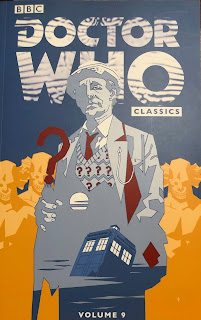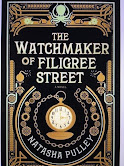How Charles Dickens Battled PTSD: A Book Review
by Theresa Gauthier
On June 9, 1865, Charles Dickens, his mistress and her mother were aboard a London-bound train having just crossed over on the ferry from France. Dickens was carrying the latest installment of his novel Our Mutual Friend. An experienced traveler, Dickens was in the 3rd car behind the engine—one of those designated as being for First Class passengers.
The train derailed.
A full account of the accident and its aftermath is the topic of the book Dickens and Staplehurst: A Biography of a Rail Crash by Gerald Dickens, a great-great grandson of Charles Dickens. Gerald Dickens carefully researched the accident, which shocked and stunned the general public and made a lasting impression on Charles Dickens himself.
Misread timetables, miscounted distances, regulations not followed to the letter, human error, and bad luck all played a part in the derailment, which killed 10 and injured forty.
A repair crew had been working to replace the timbers under the track for a couple of months. They would remove the track, replace the timbers, and then replace the track. Checking the timetable each day before they’d begin told them when they would need to stop and reset the tracks for any expected engines.
On this particular day, the timetable was misread, the warning systems in place, a man stationed 1000 yards away, who would signal the train to slow, should have given them time to replace the track before the train reached them. Instead, the misread timetable meant the crew was unaware of the proximity of Dickens’s train, and the signalman had miscounted the distance and was just over 500 yards away. The train slowed to about 30 miles per hour before reaching the missing track.
Dickens and his party were in the 3rd car back from the engine, which was the first car not to make it across the viaduct and hung down at an odd angle.
Dickens himself suffered no physical injury from the accident, and went from train car to train car offering help to his fellow passengers who had been less fortunate. Pulling people from the wreckage, offering them water, or being by their sides when they struggled with the realization that someone they loved had died, Dickens was also able to pull his traveling companions from the train and even managed to climb back aboard to rescue the manuscript to the latest installment of the novel he was working on at the time.
Gerald Dickens, in piecing together the story of this fateful day that haunted the famous author, had done a great deal of research. In what must have been difficult—finding out what happened days ago is hard enough. Finding out what happened 158 years ago is another matter entirely.
Though he was able to keep his head and help out at the scene—Dickens pulled people from the wreckage, brought water to his fellow passengers and was by the side of several people as they died—in the weeks that followed, it became more obvious that he had not escaped unscathed.
The impact the accident had on Charles Dickens was profound. Aside from most likely inspiring him to write the short story, The Signalman, Dickens never recovered from the accident. Finding himself seized by sudden panic or anxiety and even fits of trembling, Dickens was uneasy traveling by train for the remainder of his life and indeed suffered symptoms of PTSD.
Reproducing letters Charles Dickens wrote to friends about the accident, pouring through newspaper accounts and court documents, Gerald Dickens does a masterful job of putting together what he calls a biography of a single day.
The book includes a brief look at PTSD and how it might have impacted Dickens, and closes with The Signalman—a short story certainly inspired by the accident.
As a look at this monumental event in the life of Charles Dickens, Dickens and Staplehurst: A Biography of a Rail Crash by Gerald Dickens is informative, detailed and compelling.







Comments
Post a Comment